|HOME
|来月でチェルノブイリ原発事故から満28年 原発を撮り続けた写真家Gerd Ludwigの回想と凝視(National Geographic) 我々の既視感のような・・・ |
来月でチェルノブイリ原発事故から満28年 原発を撮り続けた写真家Gerd Ludwigの回想と凝視(National Geographic) 我々の既視感のような・・・
2014-03-31 00:55:02
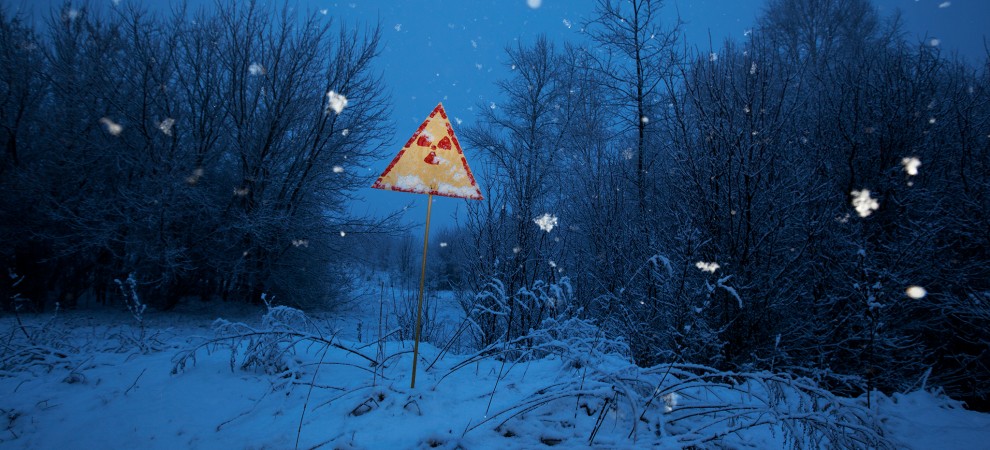
 「暗い廊下を半分くらい来たところで、明かりのない思い金属の扉のある部屋の前で止まった。案内のエンジニアが『撮影時間は一瞬だぞ』と伝えた。彼がドアを開けるには思いのほか時間がかかった。私の体の中でアドレナリンが沸き立った。開けられた部屋は全く闇の中だった。明かりは我々のヘッドランプのみで、部屋は垂れ下がったワイヤーなどで塞がれていた。目を凝らすと、部屋の奥に時計がある。 シャッターを思い切って切った。次の瞬間、彼は私を部屋から引きずり出した。写真を調べるとピントボケだった。「もう一枚」と懇願してシャッターを切った。「1986年4月26日午前1時23分58秒」。レンズの先の時計はその時刻を永久に指し示していた」
「暗い廊下を半分くらい来たところで、明かりのない思い金属の扉のある部屋の前で止まった。案内のエンジニアが『撮影時間は一瞬だぞ』と伝えた。彼がドアを開けるには思いのほか時間がかかった。私の体の中でアドレナリンが沸き立った。開けられた部屋は全く闇の中だった。明かりは我々のヘッドランプのみで、部屋は垂れ下がったワイヤーなどで塞がれていた。目を凝らすと、部屋の奥に時計がある。 シャッターを思い切って切った。次の瞬間、彼は私を部屋から引きずり出した。写真を調べるとピントボケだった。「もう一枚」と懇願してシャッターを切った。「1986年4月26日午前1時23分58秒」。レンズの先の時計はその時刻を永久に指し示していた」
こう語るのはGerd Ludwigだ。チェルノブイリ事故でメルトダウンを起こした原発に、その後、何度も潜入して、もっともチャレンジングな写真を撮り続けてきたカメラマンの回想だ。

2005. The evacuated city of Pripyat, once brimming with life, is now a chilling ghost town. For an exiled resident, the stillness of a city boulevard stirs memories of her former life. In her hand is an old photo of the same street years earlier.
Launch Gallery
Launch Gallery
ルードウィッヒはチェルノブイリを1993年から撮り続けている。それ以来、2005年、2011年、2013年と三回にわたって、他の西側カメラマンにはまねのできない形で、チェルノブイリ原発の深部にまで入って撮影を続けているのだ。
彼は語る。「人類の歴史上で知られる人類が引き起こしたすべての環境破壊の中で、チェルノブイリはもっとも長い影響を引き越した事故だといえる。原子炉の中の破壊のすさまじさを、人類の健康への影響のすさまじさ(それはウクライナだけでなく、隣国のベラルーシにも及んでいる)を、見るにつけ、私はチェルノブイリを訪問しないわけにはいかない」。
ルードウィッヒは最近、the Long Shadow of Chernobyl と題した20年に及ぶ写真集を出した。科学者アレクセイ・オケアノフが言うように、チェルノブイリは「人類の存続期間では消すことのできない火」であり、ルードウイッヒはその思いを語ってくれた。
<以下はAlexa Keefeによるインタビュー>
Alexa Keefe : What is the most important part of telling this story?
Gerd Ludwig: These images remind us that accidents like Chernobyl are a possible outcome of nuclear power—anytime, anywhere. I want my project to stand as a document of this man-made disaster—to remember the countless victims of Chernobyl, and to warn future generations of the deadly consequences of human hubris.

Launch Gallery
Launch Gallery
Launch Gallery
Gerd: Exposing your body to radiation inside the reactor is only one side of the danger. The other risk comes with radioactive dust specs that can settle easily into soft materials. If ingested they can stay in your body and cause cancer.
After each entry into the reactor I undergo a careful cleaning process: leave the protective gear behind, take a long, hot shower, and change into clean clothes. When I asked a safety specialist to check my equipment after my last visit deep into the reactor, I could read in her face that she thought I was being paranoid. Reluctantly she checked my gear, but then her facial expression completely changed, and she kept repeating again and again “Oh my God! Oh my God! You need to clean your cameras. You need to wash them.”
It turned out that the camera straps were contaminated. I gave my cameras a good cleaning that night, until my Geiger counter indicated that they were fine. And I got new camera straps.

Launch Gallery
2005. Suffering from thyroid cancer, Oleg Shapiro, 54, and Dima Bogdanovich, 13, receive care at a thyroid hospital in Minsk, where surgery is performed on a daily basis. As a liquidator, Oleg was exposed to extreme levels of radiation. It was his third thyroid operation. Dima’s mother claims that Chernobyl’s nuclear fallout is responsible for her son’s cancer, but his doctors are more cautious: Belarusian officials are often instructed to downplay the severity of the radiation.
Launch Gallery
Gerd: Much of the nuclear fallout drifted into the Gomel region of Belarus. In 2005, on assignment for National Geographic, I wanted to photograph the children in an orphanage. In one of the orphanages, I photographed 5-year-old Igor. Severely physically and mentally handicapped, he was given up by his parents, and lived at a home which cares for abandoned and orphaned children with disabilities.
He caught my attention because most of the time he was sitting motionless, leaning against a wall. With poor eyesight and hearing he was unable to participate even in the slightest interaction with the other children around him. Once in a while his empty eyes wandered in the direction of the other kids in the room, but when they tried to hug him he started crying. Done photographing him I gave his hand a squeeze. The smile with which he reacted nearly brought tears to my eyes.
Alexa: Another group of people you have photographed are those who have returned to the Exclusion Zone to live—whom you have described as preferring to die on contaminated soil than of a broken heart in an anonymous suburb. What was their attitude towards you as someone coming to tell their story?
Gerd: No journalist can move freely in the zone. We have to be accompanied by a guide who works for the administration but we have to pay for their time. Since there are only a few hundred returnees living in the zone today, the guides know most of them. The only vehicles driving in the zone are those controlled by the administration. There is no public transportation and the returnees do not own cars. That is why many returnees enjoy visits by journalists. They are a welcome change into their rather uneventful daily routine. The guides recommend that journalists bring along goods such as fresh bread, cheeses, sweets that the returnees lack, as they rarely get the chance to leave their villages.
Many returnees are very hospitable, offering everything they grow and produce from their own land, from tomatoes to berries, from illegally caught fish to moonshine. Eating food grown on contaminated land makes me sometimes feel uncomfortable. But as a photographer you walk a thin line: you want to be safe but you also need people’s trust and cooperation to get the pictures.

Launch Gallery
Launch Gallery
Gerd: The reactor may be disappearing from sight under a high-tech dome, the buildings in Pripyat will collapse, the elderly returnees will have passed away, but I am afraid the story of Chernobyl will continue way beyond our lifetime. A scientist in Chernobyl told me, “We could erect fences in certain areas here stating: Not meant for human habitation for 24,000 years to come. And this is only the half-life of plutonium 239.”
The upcoming book though, is a caesura—a pause—but it will not be the end of my coverage. I am curious myself what will be next.
Alexa: What is it about this area of the world that draws you in?
Gerd: My personal relationship with Russia began as I grew up as a child in postwar Germany. My father had been drafted into the Sixth German Army that invaded the Soviet Union in 1942 and fought through southern Russia towards Stalingrad, where the Soviets decimated the German forces. He was lucky enough to be amongst the last soldiers evacuated.
In the darkness of our small refugee room—after WWII my parents had been expelled from their home in Bohemia—I would listen to the sad soothing voice of my father as he conjured images of endless winter landscapes of soldiers battling their way through snowstorms; and people hiding from them in stables and barns. It was not until I grew older that I began to grasp the darkness behind the stories: that the landscapes were stained with blood, the soldiers dying, and the people hiding were Russians filled with fear. My father told these bedtime stories to shed himself of terrible memories of war.
As a young teenager in the mid-1960’s, I was a member of the first postwar generation of Germans. Filled with guilt for my elders’ actions, I compensated by glorifying everything Germany tried to destroy. In particular, I idealized Russia and the communist Soviet system. Finally, Gorbachev’s glasnost—his call for openness in every part of life—confronted me with the social and political realities of a country that had been under totalitarian rule for seven decades
.

Launch Gallery
Gerd: As engaged photographers we often report about human tragedies in the face of disaster, and take our cameras to uncharted areas with the understanding that our explorations are not without personal risk. We do this out of a deep commitment to important stories told on behalf of otherwise voiceless victims. While covering this story, I met many caring and courageous people who allowed me to expose their suffering solely in the hope that tragedies like Chernobyl may be prevented in the future.
Ludwig first brought his coverage of this story together in 2011 with an iPad App, The Long Shadow of Chernobyl. Today he is working on a photo book of the same name. The retrospective is made possible through a Kickstarter campaign.
http://proof.nationalgeographic.com/2014/03/26/qa-gerd-ludwigs-long-look-at-the-chernobyl-disaster/?utm_source=NatGeocom&utm_medium=Email&utm_content=pom_20140330&utm_campaign=Content





























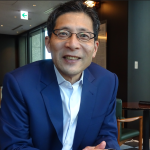
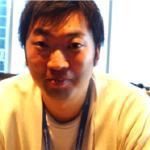
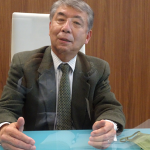
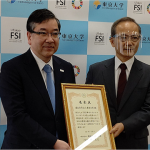
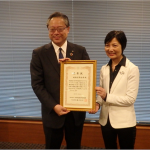

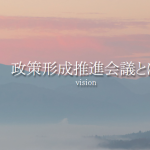
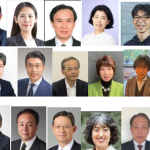
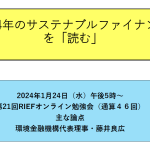
 Research Institute for Environmental Finance
Research Institute for Environmental Finance